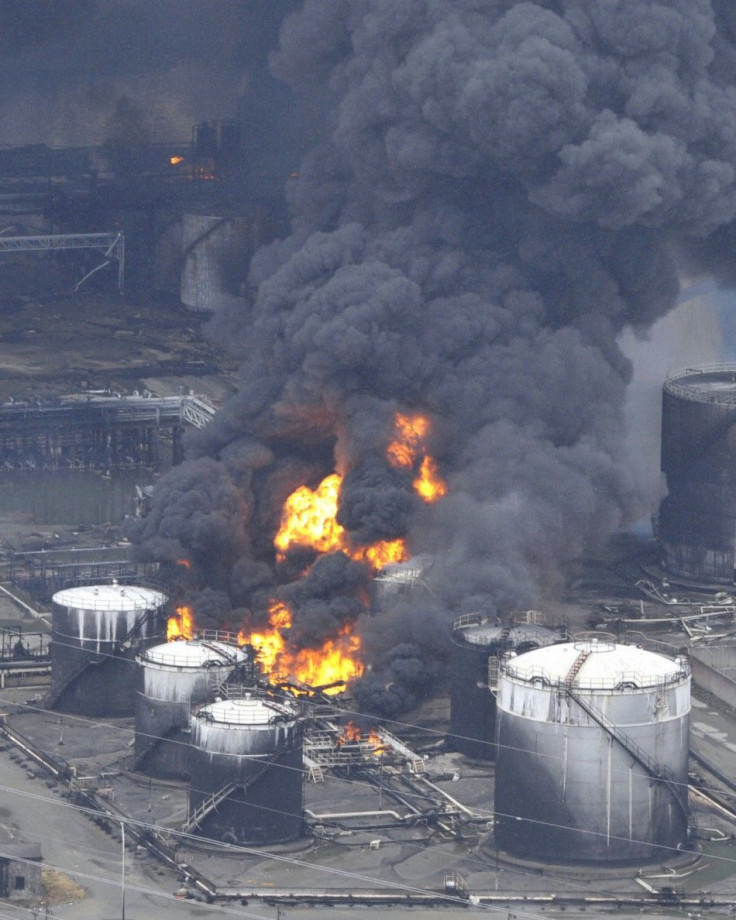Fukushima Power Plant at Risk for Strong Earthquake

The Fukushima Daiichi nuclear power plant, melted down after an 8.9 magnitude earthquake and following tsunami hit Japan in March, remains at risk of being further damaged by another large earthquake, researchers concluded.
The March earthquake and aftershocks weakened a fault line near the plant, and researchers warn that authorities need to secure the plant and its surrounding areas before the nuclear power plant is hit again.
Movement in the Earth's tectonic plate near Japan caused the earthquake and forced the plates towards the Earth's center, a process called subduction. The March earthquake weakened the plates and made them vulnerable to future earthquakes, much like the 7.0 aftershock in Iwaki, Japan in April.
After an earthquake, changes in temperature and pressure along the fault line causes water and other fluids to rise from the plate, which leaves a weakened fault, experts said.
Ascending fluids can reduce the friction of part of an active fault and trigger it to cause a large earthquake, Ping Tong, geophysicist at Japan's Tohoku University and the lead author of the study, told Eurekalert. This, together with the stress variations caused by the [earthquake], is what set off the Iwaki tremor.
Researchers raised a red flag after examining the fault beneath the Fukushima power plant. The similar structures under the Iwaki source area and the Fukushima nuclear power plant suggest that the security of the nuclear power plant site should be strengthened to withstand potential large earthquakes in the future, the authors wrote in a paper published Tuesday in the journal Solid Earth.
The fault underneath the Fukushima power plant was likely weakened by a combination of the fluids rising and the stress already on the plate, according to the study. Much attention should be paid to the [Fukushima nuclear power plant] seismic safety in the near future, the authors wrote.
The researchers looked at over 6,500 earthquakes recorded from June 2002 until October 2011 and used a technique called seismic tomography to look at how the earthquakes affected the planet.
The method is a powerful tool to map out structural anomalies, such as ascending fluids, in the Earth's crust and upper mantle using seismic wave, Dapeng Zhao, a geophysics professor at Tohoku University and a study author said, according to PhyOrg. It can be compared to a CT or CAT scan, which relies on X-rays to detect tumors or fractures inside the human body.
The results showed that fluid ascension was to blame for several large earthquakes in the Japan Islands in the past.
The researchers admitted that they cannot predict when the next earthquake will hit, but said they suggest that the security of the nuclear power plant site should be strengthened to withstand potential large earthquakes in the future.
They also advised that Japan examine the ability of the other nuclear power plants in Japan to withstand an earthquake.
© Copyright IBTimes 2024. All rights reserved.





















